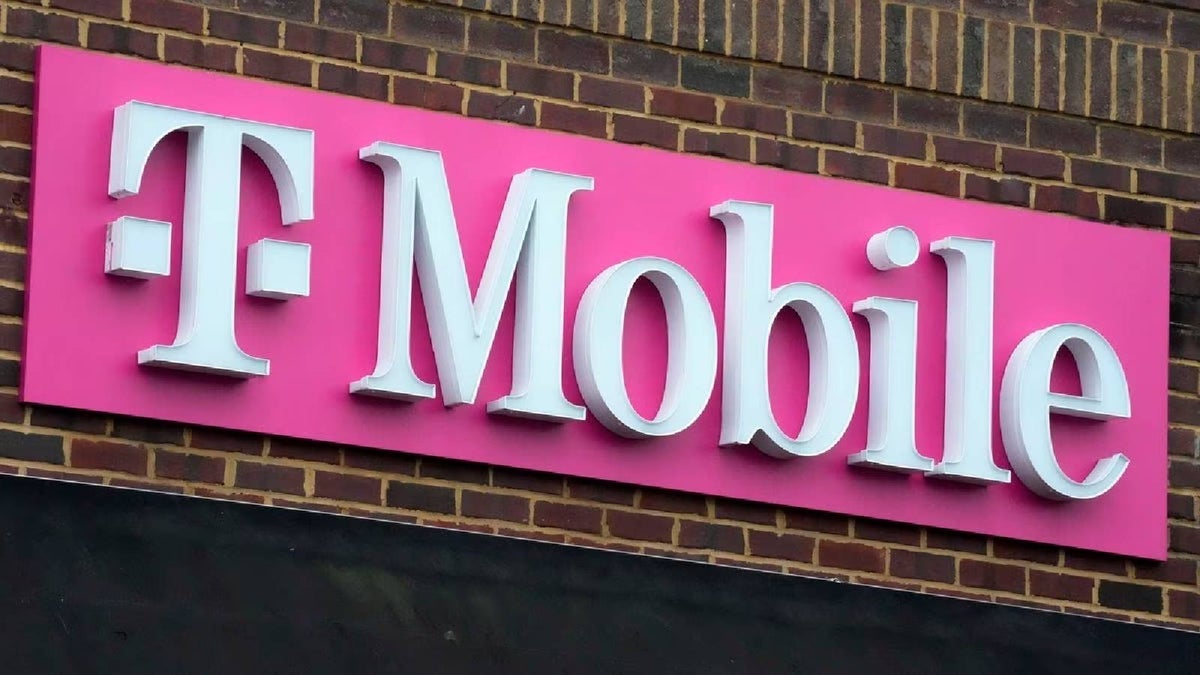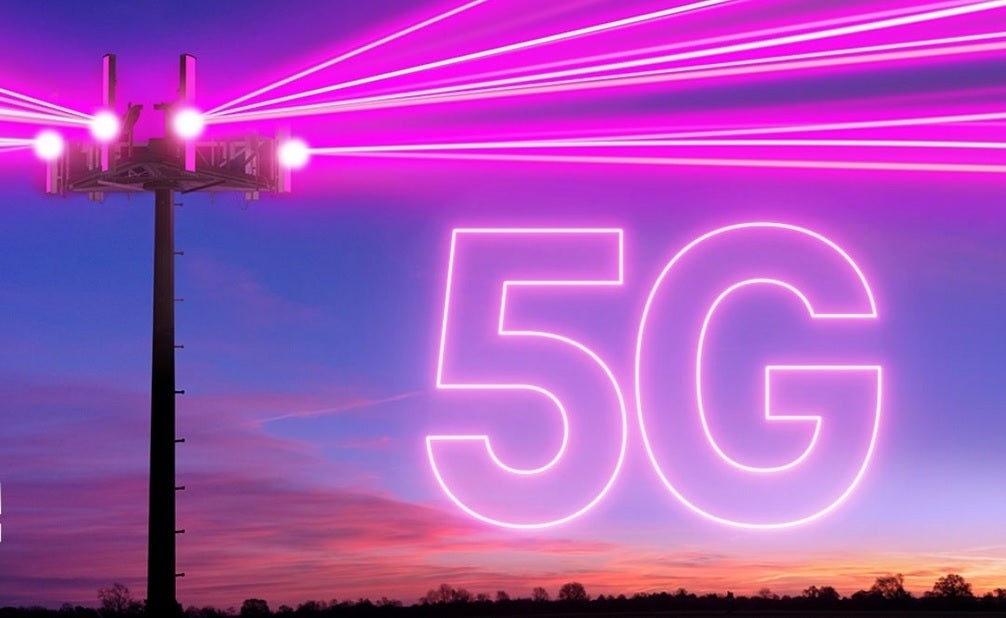In a test, T-Mobile delivers 5G download data speed faster than 4.3Gbps

A standalone (SA) 5G network uses a 5G core and is built specifically for 5G service. Some other networks were built for 4G and had 5G capabilities built over them as a way to get 5G service to the market faster. 5G SA service offers ultra low-latency, larger capacity, faster speeds, and more reliable and secure service.
T-Mobile today announced that it achieved 5G download data speeds on its SA network faster than 4.3Gbps using eight aggregated channels of high-band mmWave spectrum without requiring low or mid-band signals to anchor the connection. Four channels of aggregated mmWave spectrum were used to deliver upload data speeds faster than 420Mbps.
T-Mobile worked with Ericsson and Qualcomm on the test and while mmWave spectrum can deliver the fastest 5G data speeds thanks to the huge capacity it has, these signals don't travel long distances and are easily blocked by obstacles. That is why it has employed its layer-cake approach which covers the nation with low-band 5G and offers fast data speeds with the mid-band and high-band Ultra Capacity service.

T-Mobile achieved 5G SA download data speeds greater than 4.3Gbps by aggregating eight channels of mmWave spectrum
T-Mobile is working with mmWave on 5G standalone for use inside crowded stadiums and arenas, and possibly for fixed wireless service. But thanks to the acquisition of Sprint, T-Mobile was able to acquire 2.5GHz mid-band airwaves that Sprint was sitting on. T-Mobile used the spectrum to help build out its mobile 5G network allowing the carrier to offer fast 5G service to more of its customers than its competitors who started building out their 5G services using mmWave signals with limited reach.
T-Mobile's 5G network currently covers over 330 million people across two million square miles. 300 million people nationwide are covered by T-Mobile’s faster Ultra Capacity 5G. Ulf Ewaldsson, President of Technology at T-Mobile, said, "We’ve been industry leaders – rolling out the first, largest and fastest 5G standalone network across the country – and now we’re continuing to push the boundaries of wireless technology."
Ewaldsson also said, "We’ve always said we'll use millimeter wave where it makes sense, and this test allows us to see how the spectrum can be put to use in different situations like crowded venues or to power things like fixed-wireless access when combined with 5G standalone."
Follow us on Google News














Things that are NOT allowed:
To help keep our community safe and free from spam, we apply temporary limits to newly created accounts: